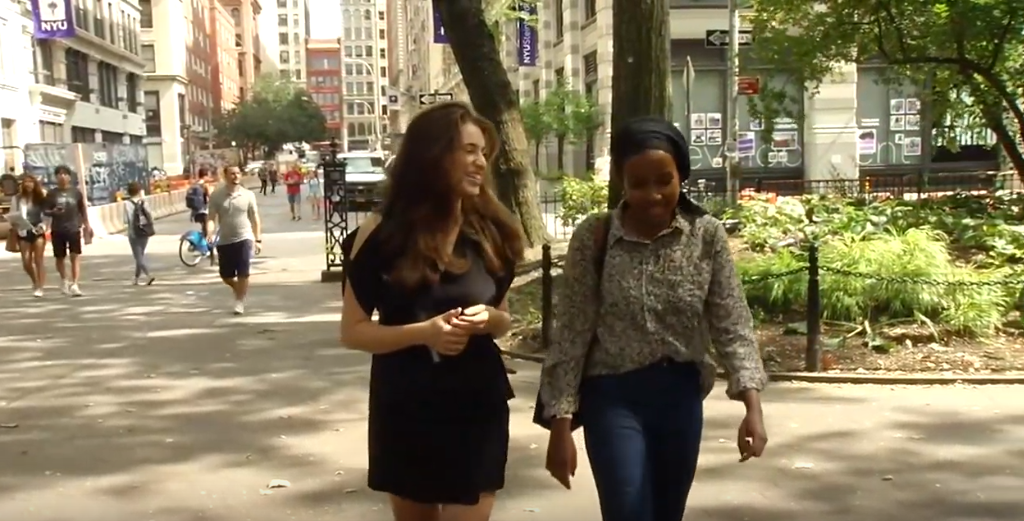LOS ANGELES, Calif. (Ivanhoe Newswire)—Among students age 12 to 18 who reported being bullied during the school year, 15 percent said they were bulled online or by text. Social scientists are trying to learn more about the relationship between these encounters and mental health conditions like anxiety and depression.
Have you ever been picked on because of how you talked, looked, or dressed?
USC developmental psychologist, Brendesha Tynes, PhD, and her colleagues surveyed 559 students in grades 6-12 to learn more about their experiences with online bullying. The social scientists wanted to know if cybervictimization led to poor mental health, or if people experiencing depression and anxiety were more likely to be bullied.
Tynes told Ivanhoe, “The answer is it’s both. If you are depressed, it could lead to more cybervictimization and also cybervictimization leads to depression.”
The researchers surveyed the students at three different time points. Students who reported high levels of online bullying at the first time point also reported high levels of depressive symptoms at the third time point. Students who said they had high levels of depressive symptoms at the first time point reported high levels of online bullying at the second time point. Those with high levels of depression at the second time point also reported more cybervictimization at the third time point.
Tynes said parents can support their child’s mental health by pointing out their strengths with others. Say, “You’re really good at thinking about how others might feel.” Or, “You’re really standing up for people.” Don’t be tempted to ban phone or computer use.
“It’s better to have them manage the experience than take away the device,” explained Tynes.
The authors say the findings suggest parents, teachers, and schools need to continue creating guidelines for online behavior that gives students strategies for protecting themselves and procedures for reporting incidents. For more information or additional resources, you can go to www.stopbullying.gov.
Contributors to this news report include: Cyndy McGrath, Supervising and Field Producer; Roque Correa, Editor; Kirk Manson and Roque Correa, Videographer.
Produced by Child Trends News Service in partnership with Ivanhoe Broadcast News and funded by a grant from the National Science Foundation.
(Source: https://www.ncbi.nlm.nih.gov/pmc/articles/PMC6956839/)

